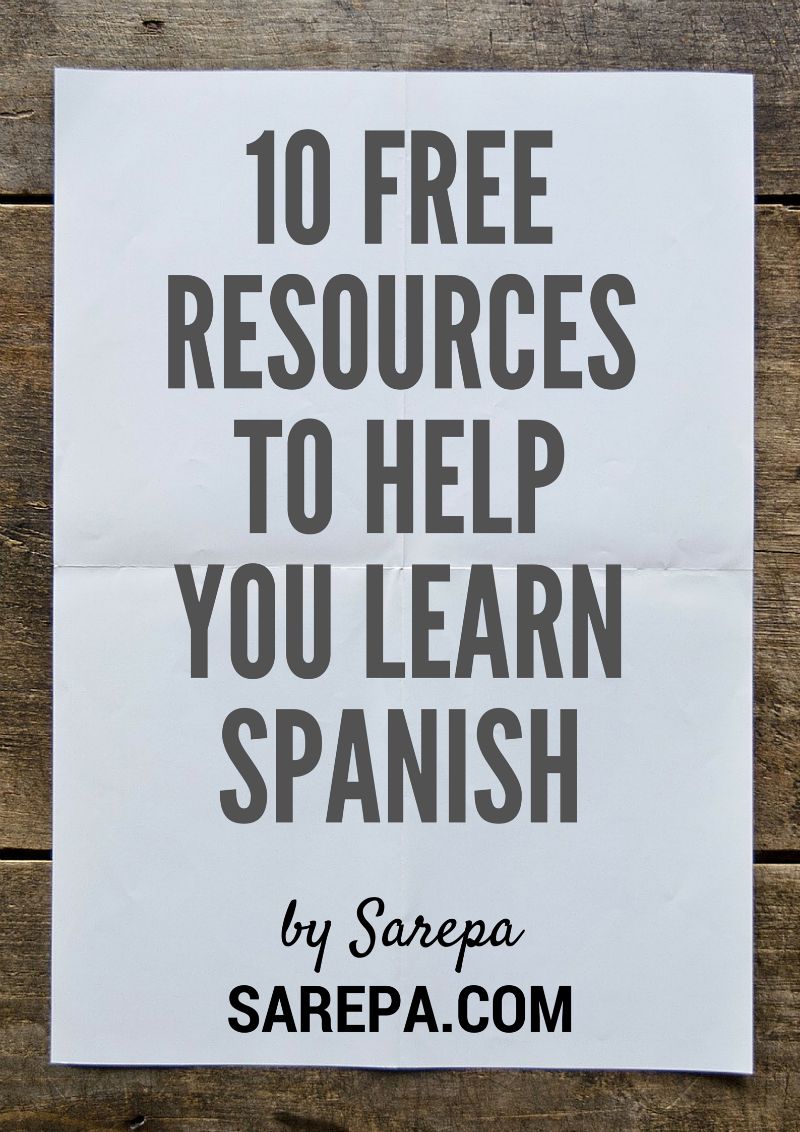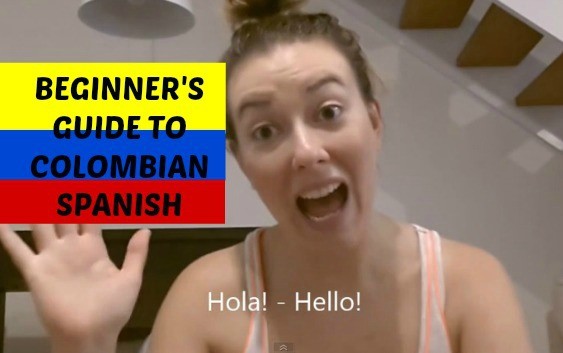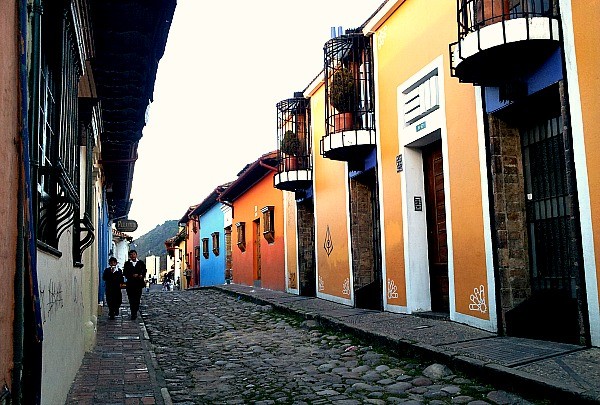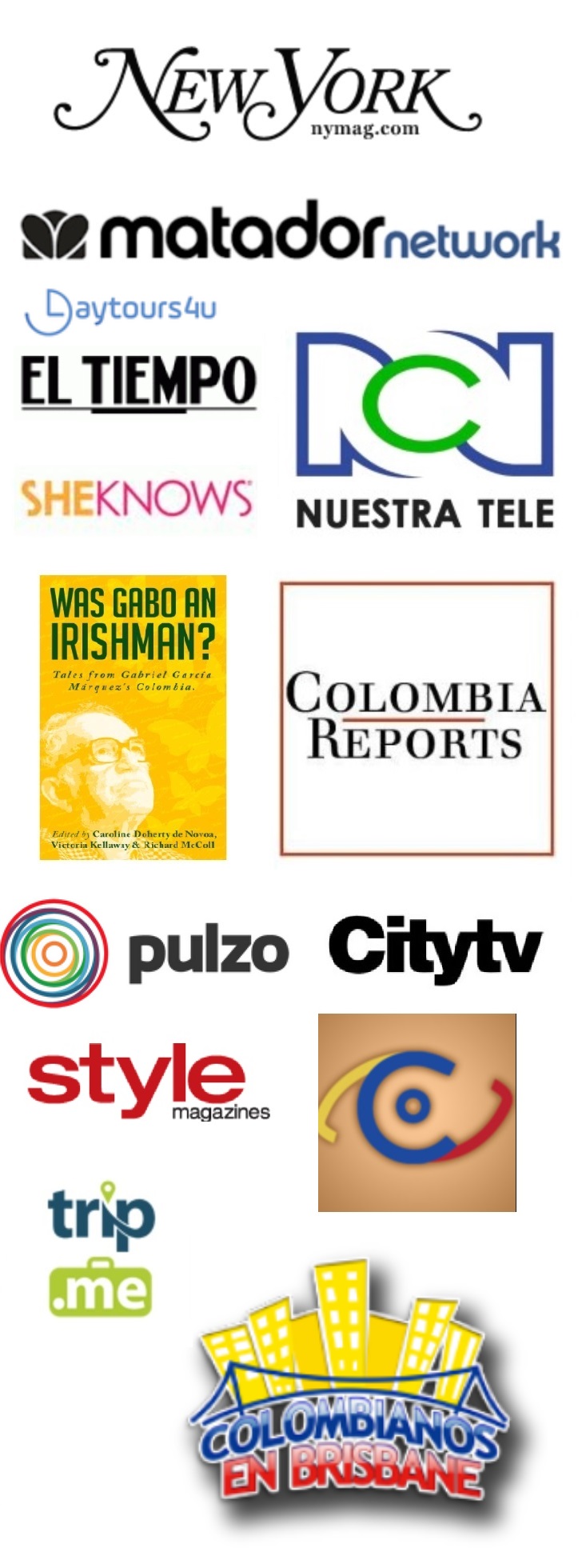
It was close to 9am on the 30th of December in 2006. I was on a flight to Madrid’s Barajas airport. I was worried I was going to miss my connecting flight to London, where I had to take another flight back home to Australia. I had just spent some time in Colombia and was doing the long trip home via Europe, where I had been living and working at the time. I was excited to get home after living abroad. I only had an hour to reach the gate and board my next flight.
I usually opt for the window seat on flights. Mostly because I like to use the window as a place to rest my head. I was looking out the window as we approached Barajas airport and that’s when I knew something was seriously wrong. Smoke was rising from one of the airport buildings.
At this point in time I didn’t understand Spanish. I had just spend some time in Colombia but my language skills were limited to greetings and telling people that I’m well, thanks. Quickly-spoken Spanish words were now being spoken over the intercom and heard throughout the cabin. There was a sense of tension in the air and I didn’t know what was going on. I was nervous and felt very alone.
I looked at the girl I was sitting next to, clearly looking like I had no idea what was happening, and in very slowly pronounced broken English, she told me that something had happened at the airport and that we will be landing at a different gate than we were previously scheduled.
We landed, collected our carry-on luggage from the overhead compartments and entered the airport, which was chaotic. People were being ushered into all different directions by the airport staff. People huddled in groups, sat against walls, elderly were rushed around in wheel chairs. More Spanish words were being said over loud speakers. I didn’t understand a thing. I followed my new Colombian friend and fellow passenger.
We made our way outside. There were hundreds of other passengers in the freezing cold Spanish winter weather. The airport staff came round, handing out as many blankets as they could. I still didn’t know what was going on. We waited. I’m not sure how long we waited, but in that cold air it felt like a long time. Eventually we were allowed back into the airport, probably an hour had passed. My new Colombian friend gave me her email address and said if I ever returned to Colombia to let her know.
Passengers slowly made their way back into the airport and either collected their bags or made their way to connecting flights, which had been shuffled around and delayed. It wasn’t until I was waiting in the departure lounge in London, where I was catching a further flight to Australia that I found out that all the commotion and the smoke and the chaos came down to a terrorist attack which had killed two people and injured 52 at Madrid’s Barajas airport. I was watching the BBC news when I saw vision of the smoke rising above the airport, just as I had seen it from the plane cabin that morning.

Image: “Barajas terrorist attack” by David F. Barrero” by David F. Barrero – originally posted to Flickr as Barajas terrorist attack. Licensed under CC BY 2.0 via Wikimedia Commons
About a week later the Basque nationalist and separatist group ETA claimed responsibility for the attack.
Knowing the language of the region you’re travelling in is really important, as I learnt on that day in 2006. I didn’t know what was going on. I wasn’t sure what I was being directed to do by the airport staff and I didn’t know why. Thankfully I had some kind people around me who helped me along the way, but if you are thinking of heading to a Spanish-speaking country soon, then here are some free resources that are sure to help.
1. Music
I guess it depends on what kind of learner you are, but I found listening to music and translating the lyrics to be a great way to learn Spanish. I got a hold of some of my favourite songs, looked up the lyrics then translated them so I knew what the song was about.
2. Movies
The same goes with movies, too. The next time you watch a Spanish film, watch it in Spanish with either English or Spanish subtitles on, depending on your proficiency. With the English subtitles, you’ll be able to get a handle on what people are saying and how they say it, while with the Spanish subtitles you’ll be forced to really pay attention to how people speak and how words are spelt.
3. Yabla
Yabla is an online series of videos, interviews, music and television series that are used to teach people how to speak and read Spanish. While the full version is around $10 per month, you can sign up to receive free lessons to your inbox. The great thing about Yabla’s videos is that they show both English and Spanish subtitles on their videos, you can slow down or speed up the talking speed and you can click on the words you don’t understand to find out the definition.
4. DuoLingo
I’ve got this app on my phone and use it whenever I remember throughout the week. It’s super easy to use and you can learn several different languages at once, not just Spanish. There are different levels as you advance, and you are awarded points for all the correct levels you complete so you can keep tabs on your progress. You can also connect with your friends who are also using the app and see how they’re going with their language skills, too.
5. MeetUp Groups
There are loads of language meet up groups around the world. Simply head along to the MeetUp.com website and look up Spanish language meet up groups in your part of the world. I’ve been to a few in Brisbane and they’re a bit hit and miss. Some are really well organised with lots of people, while others don’t get the numbers and you might be the only one who turns up. Look out for a busy community full of interaction.
6. Radio
The thing about learning a new language is, especially when you’re trying to learn that language without being in the country where is it actually spoken, it can be hard to keep up with your listening skills. You’re not exactly listening to people speak Spanish all day, everyday. That’s where Spanish radio comes in. Do a search for Spanish-speaking radio stations, whether it’s from Colombia or Spain, or another Spanish-speaking region, and listen to their local radio stations. Many radio stations are streamed online, which means you can listen to the language all day, every day if you really wanted to.
7. YouTube channels
Learning Spanish should be fun, right? Thankfully there are some helpful, and fun, YouTube channels out there which specialise in teaching Spanish. Gone are the days when learning Spanish means memorising tenses and infinitives which have been written down over and over again on a whiteboard. Watch some fun and interactive videos on YouTube and the lessons will be hard to forget.
8. GoSpeaky
If you’re learning Spanish online, then it can be a relatively unsociable activity. But not anymore! I introduce you to GoSpeaky. While, yes, you do learn languages online, you are connected with an international community of people who are learning languages, too. Just say you’re a native English speaker and you want to learn Spanish. What you do is sign up to GoSpeaky stating the language you speak and the language you’d like to learn and you’ll be set up with other people to practice with. You can chat online with native speakers and also share your own native tongue with others.
9. Online lessons
The BBC has its very own online learning centre where you can learn Spanish for free. There are courses, online lessons and video tutorials, and you can also use the website to find a school near you.
10. Language exchanges
When you’ve exhausted all your online options, go old school and see if you can find any language exchanges in your area. Perhaps local language school or university students are looking to practice their English with locals. You can share your language skills with them and then they can return the favour over a cup of coffee at a cafe nearby. Not only is it a great way to learn a language, but it’s a great way to make friends, too.
What other ways have you used to learn Spanish? Be sure to let us all know in the comments section below.
Pin it for later!















